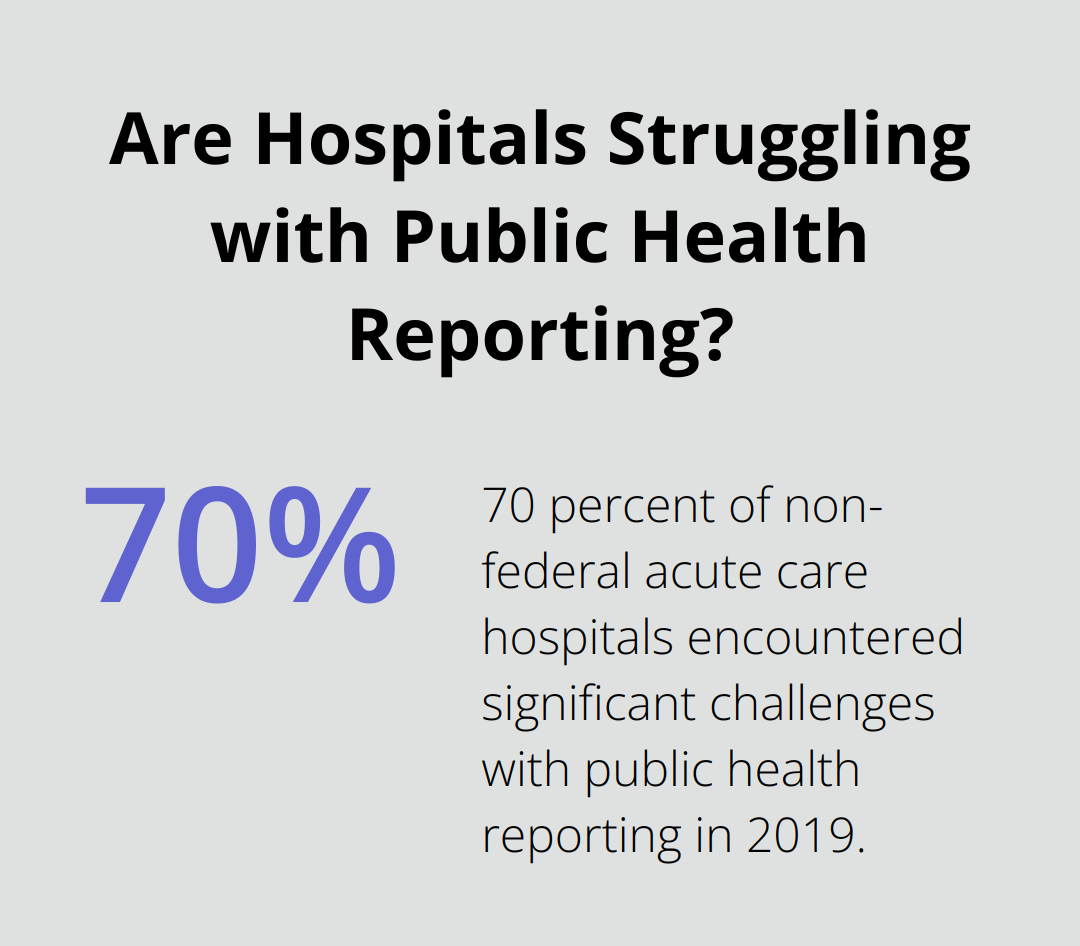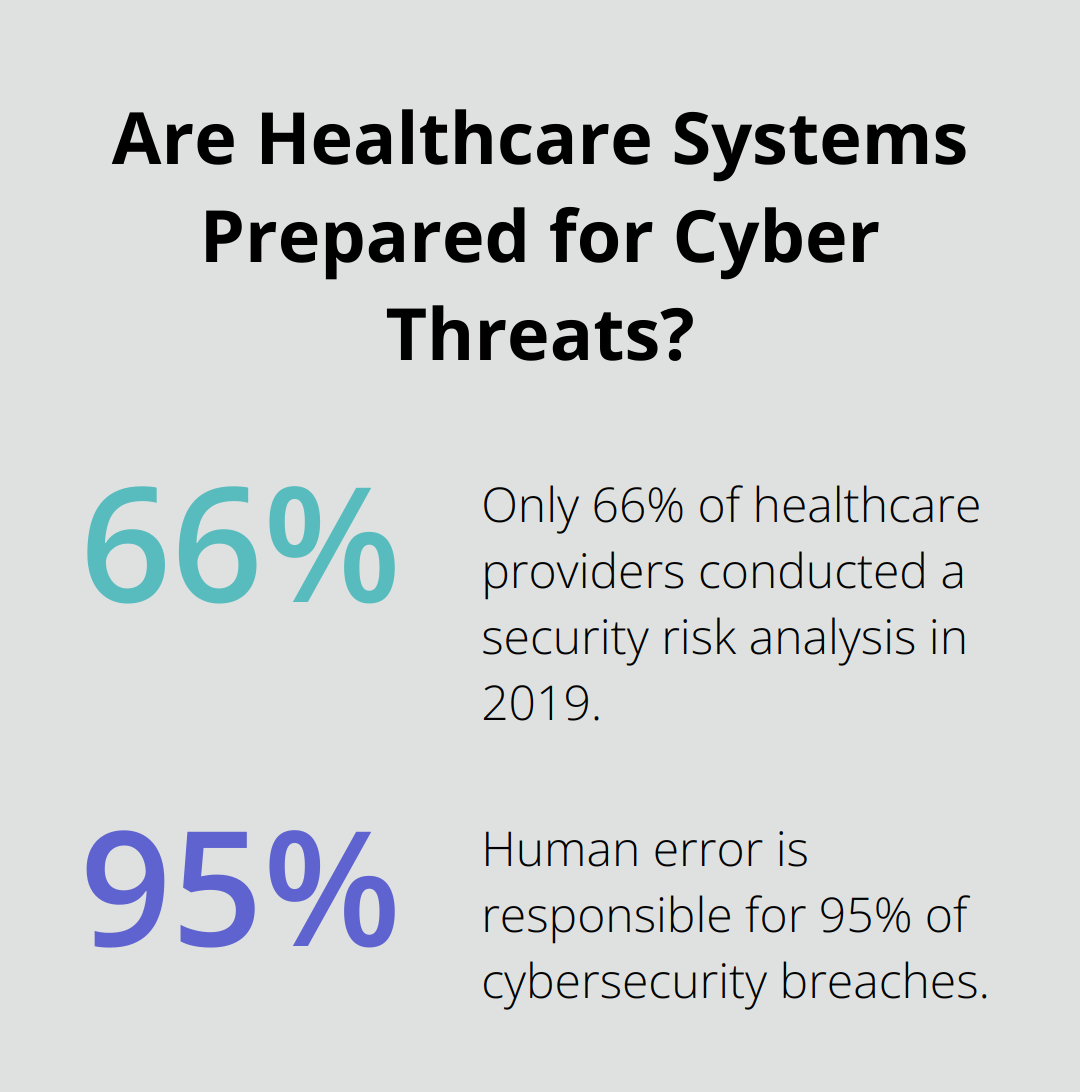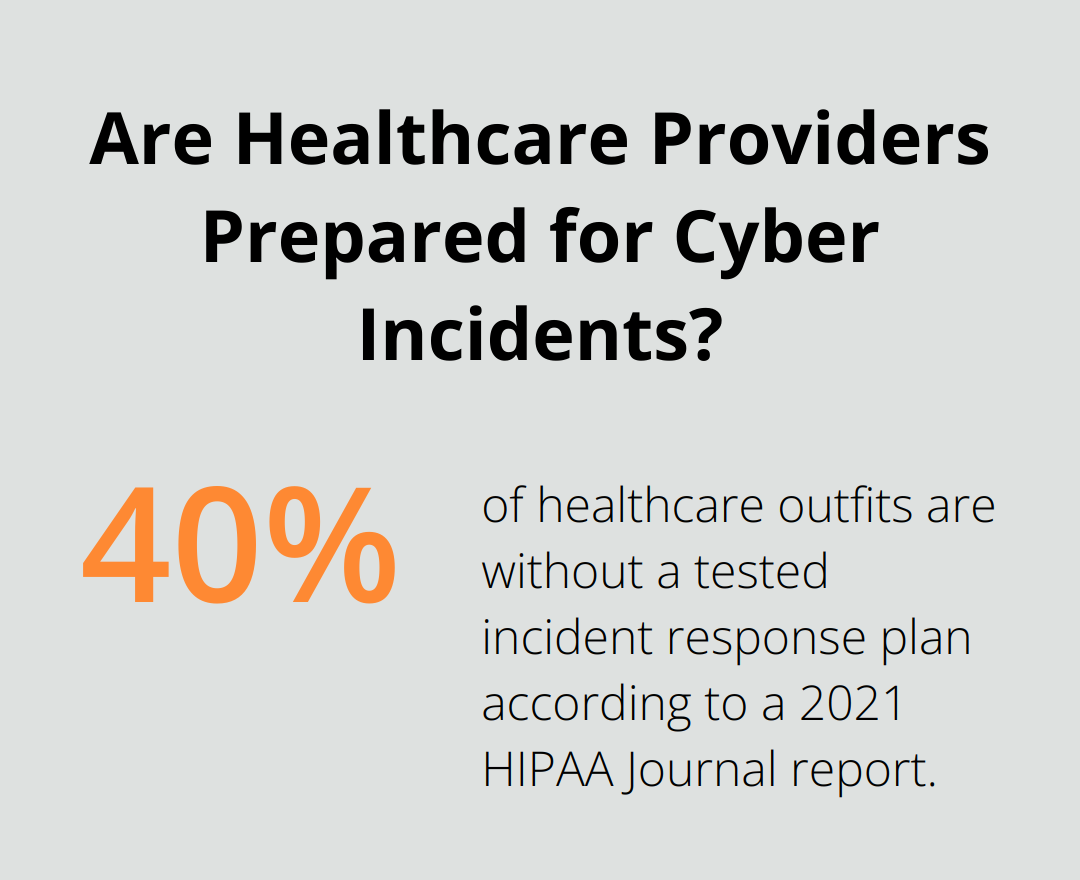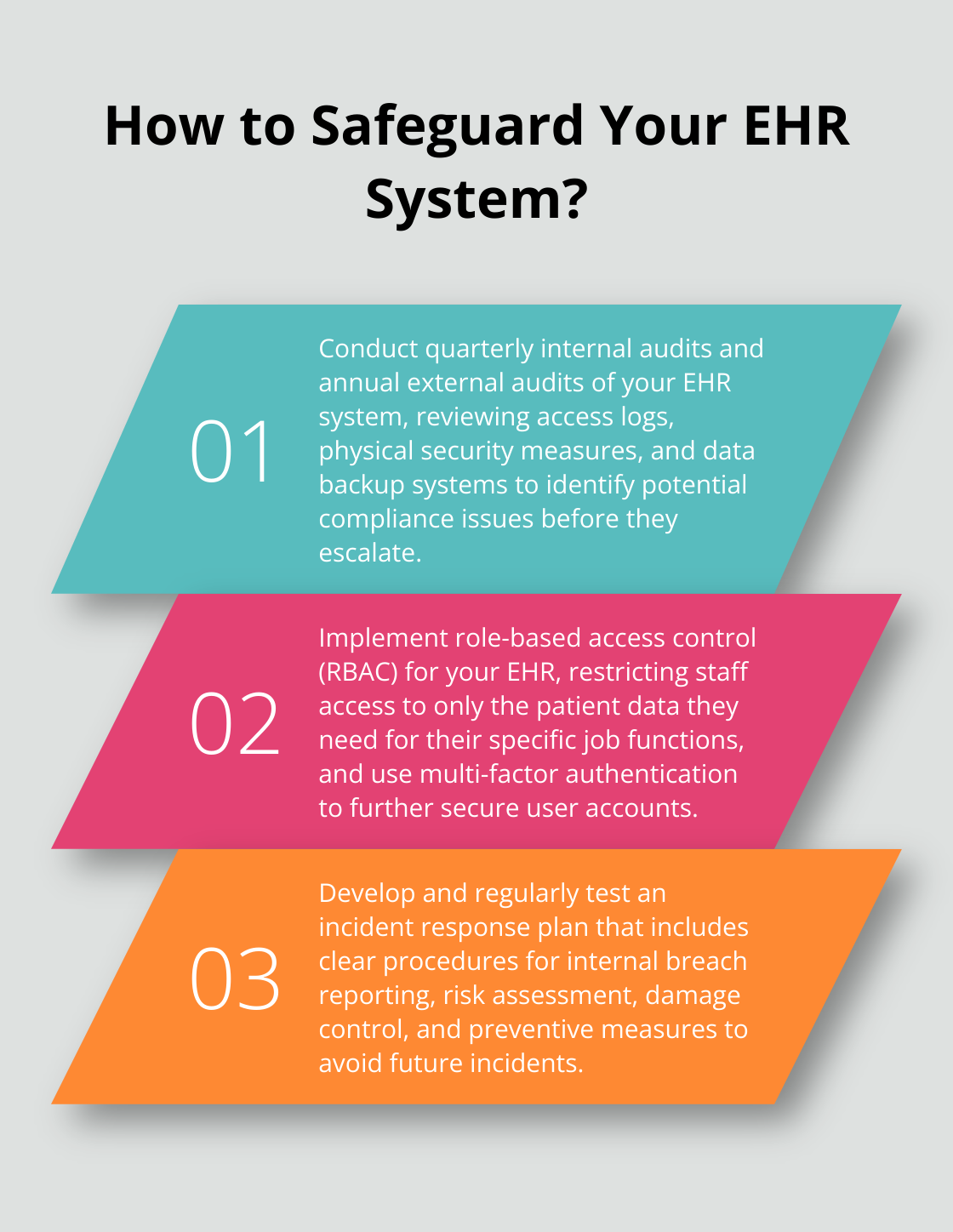HIPAA compliance… what are we talking about here? It’s the backbone of modern healthcare security. If you’re at ScriberJoy, you get it—navigating the maze of legal and technical hurdles isn’t child’s play. It’s more like advanced Sudoku while blindfolded.
So, let’s break it down (with style). Think of this guide as your cheat sheet for nailing HIPAA compliance with your electronic health records (EHR) system. We’ll cover everything—from dodging penalty bullets with risk assessments to keeping your team in the know (and out of the doghouse) with staff training. How do you keep patient data locked up tighter than Fort Knox? That’s the ticket… saving you from headaches and costly mishaps. Ready? Let’s get your EHR compliance game on point.
What is HIPAA and Why Does It Matter for EHRs?
HIPAA, or the Health Insurance Portability and Accountability Act, isn’t just another regulation-it’s the bedrock of patient data protection in the U.S. healthcare scene. Think of it as a robust shield, fending off unauthorized access and misuse of your sensitive health details.
The Three Pillars of HIPAA
HIPAA-rock solid on three main pillars: Privacy Rule, Security Rule, Breach Notification Rule. Simple? Not quite.
- Privacy Rule sets the stage for how your health information (PHI) gets used and shared.
- Security Rule? It’s all about keeping ePHI safe from digital gremlins.
- Breach Notification Rule-you guessed it-means they gotta tell ya if your data’s been compromised.

EHRs live or die by these rules. They need bulletproof access controls, top-tier encryption (for data snoozing and data dashing), and a hawk-eyed audit trail. According to a 2022 report, nearly 70 percent of non-federal acute care hospitals ran into some serious snags with public health reporting in 2019.
HIPAA Compliance in Action
In the trenches, HIPAA compliance for EHRs means tech safeguards-unique user IDs, automatic logoffs, encryption up the wazoo. But it ain’t just buttons and clicks. Healthcare providers gotta train their crew, whip up solid data policies, and map out breach response plans.
The Cost of Non-Compliance
Blow off HIPAA standards and you’re playing with fire. It ain’t just about dodging fines-it’s about keeping patient trust intact and safeguarding your rep. As healthcare goes more digital, nailing those HIPAA rules for EHRs isn’t optional… it’s non-negotiable.
The Role of Technology in HIPAA Compliance
Technology isn’t just a player-it’s the MVP in the HIPAA compliance game. Advanced EHR systems (like those gems from ScriberJoy) come with jazzy features right out of the box. We’re talking:
- Bulletproof encryption
- Multi-factor authentication (double trouble for hackers)
- Behind-the-scenes audit logs
- Auto-backup systems
These tech tricks make compliance far less of a head-scratcher, letting healthcare pros zero in on patient care while their digital fortresses stand tall. As we roll on, we’ll dive into key moves to nail HIPAA compliance for EHRs. These steps are the backbone of a killer compliance strategy-keeping patient data locked down in our ever-digitizing healthcare world.
How to Implement HIPAA Compliance for EHRs
Alright, folks. Where to start? HIPAA compliance for Electronic Health Records (EHRs)? It’s not a set-it-and-forget-it deal. This ongoing, uphill climb requires your full attention-always. Here’s a quick roadmap to get you on a HIPAA-compliant EHR system.
Risk Assessment: Your First Line of Defense
Step one-risk assessments. A no-brainer, right? The vital cornerstone of HIPAA compliance. And yet, the Office of the National Coordinator for Health Information Technology hits us with this zinger: Only 66% of healthcare providers did a security risk analysis in 2019 (not exactly a confidence booster).

What’s on the checklist for a solid risk assessment?
- Pinpoint where ePHI is stored, received, maintained, and sent
- Spot potential threats and chinks in the armor
- Size up current security firepower
- Gauge how likely these threats are to rear their ugly heads
- Weigh up the potential damage these threats could wreak
Nail this part, and you’re not just meeting minimum requirements-you’re setting the stage for robust HIPAA compliance.
Access Control: The Gatekeeper of Your EHR
Next up-fortifying the gates. Robust access controls? They generate the frontline against unauthorized peeks into your data. Multi-factor authentication (MFA) is your new BFF. Consider this from an IBM Security report: human error is guilty as charged for 95% of cybersecurity breaches. Let that sink in.
Locking down data involves:
- Unique IDs for every user
- Backup plans for emergencies
- Auto log-off
- Savvy encryption and decryption
Take it up a notch with Role-based access control (RBAC). It’s all about restricting staff to the data they genuinely need to know. Keep tabs, gather proof, keep unauthorized eyes out, and streamline investigations.
Data Encryption: Your Digital Armor
Data encryption-your shield in both rest and motion. The National Institute of Standards and Technology (NIST) throws out the big names: AES 128, 192, or 256-bit encryption. Protect your sensitive info like a pro. And hey, weak links? Look no further than mobile devices and removable media. Full-disk encryption is your counterstrike.
Audit Trails and Monitoring: Your Watchful Eye
Wrapping up? Audit trails and monitoring systems. This is your digital watchtower. It keeps tabs on who’s doing what with your data. OCR, the Office for Civil Rights, is all about this vigilance. They tell us audit controls are often missing-bad move, people.
Effective audit and monitoring must:
- Capture and dissect the activity in ePHI systems
- Identify and squash those security lapses
- Make regular habit of reviewing system records
Bottom line? HIPAA compliance isn’t a one-time checklist-it’s a lifestyle choice. Stay on your toes, keep tweaking, and brace yourself for the ever-evolving journey ahead. Stay tuned, the next chapter is all about locking in best practices and cementing a security-first culture in your workplace.
How to Keep HIPAA Compliance on Track
Empower Your Team with Knowledge
Your team-they’re your frontline defense, folks. Regular training isn’t some checkbox exercise-it’s your secret weapon. The Office for Civil Rights (OCR) got hit with 717 breach reports via the HIPAA Breach Web Portal in 2022. Some of these breaches didn’t even happen that year. A real wake-up call on how important this stuff is.

Effective training? It’s gotta go beyond those snooze-fest PowerPoints. Mix it up-real-world scenarios, interactive quizzes, hands-on practice. Cover the basics like password hygiene, but don’t leave it there. Dive into the complexities of managing PHI on mobile devices or spotting phishing attempts. Regular refreshers and spot checks-keep it fresh, keep it effective.
Implement Actionable Policies
A policy manual gathering dust? Useless. Your policies need to be alive-living, breathing guides that people actually follow. Start by auditing what you’ve got. Do they line up with the latest HIPAA rules? Are they addressing the new kids on the block like telehealth or wearables?
Make them user-friendly. Create formats that are easy on the eyes (infographics, anyone?) for quick reference. Here’s a tip: Involve your staff in shaping these policies. They’re in the trenches with PHI every day-trust me, their insights are pure gold.
Prepare for Potential Incidents
An incident response plan isn’t a “nice-to-have”-it’s a HIPAA must-have. But hey, a 2021 HIPAA Journal report says 40% of healthcare outfits are out there without a tested plan. Riding around without a seatbelt, folks.
Your plan? It needs to be clear and comprehensive. Nail down internal breach reporting procedures and assess risks to see if a breach is happening. Figure out who’s calling the shots during a breach. Establish that communication chain. Map out steps to manage damage. Most crucially-how do we stop this from happening again?
Conduct drills (yep, just like fire drills, but for data breaches). Feels unnecessary at first, I get it. But when a real crisis hits? You’ll thank yourself.
Conduct Regular Audits
Regular audits-think of them as your HIPAA compliance backbone. They spot potential issues before they explode. Schedule those internal audits quarterly and bring in external auditors annually for that no-bias perspective.
In these audits, dig through access logs, check out physical security measures, give your data backup systems the once-over. And for heaven’s sake, document everything-seriously, good record-keeping could be your lifesaver in an OCR investigation.
Stay Updated on HIPAA Changes
HIPAA regulations-they’re a moving target. Keep your compliance strategies in step. Get someone on the team to track regulatory changes and industry best practices. Sign up for solid healthcare IT newsletters, hit up the relevant conferences or webinars.
When the rules shift, don’t drag your feet-update those policies and procedures, pronto. Spell out the changes to your team, and get them any additional training they need. Let’s keep pace with the game.
Final Thoughts
HIPAA compliance for electronic health records – it’s like playing a never-ending game of Whac-A-Mole. Vigilance, adaptation… rinse and repeat. Healthcare folks, listen up: regular risk assessments, staff training, and policy updates need to be your jam to keep patient data snug as a bug. Why bother? To dodge those costly breaches and, let’s be honest, to build trust and make your operations hum like a well-oiled machine in our digital healthcare world.

Now here’s the kicker – the right tools can flip HIPAA compliance from a headache into a superpower. Enter ScribeJoy. They’ve got AI-powered medical transcription software with a human backstop, giving you top-notch accuracy while keeping you on the right side of compliance. So doctors, focus on what you do best – patient care – and ditch the documentation drama.
Going above and beyond those HIPAA standards – it’s more than checking boxes. It’s about making a stand for quality patient care and privacy in our modern times. Healthcare providers who keep their eyes open and harness the right tech – they’re the rockstars of this compliance rodeo.

Leave a Reply
You must be logged in to post a comment.